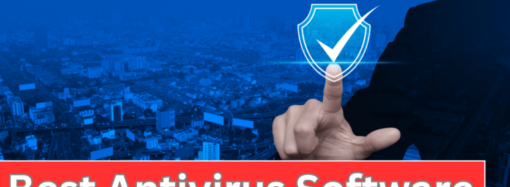Read Editorial with D2G – Ep 500
A safety net: On Union Education Ministry’s directive
READ BEFORE YOU PROCEED: D2G wears no responsibility of the views published here by the respective Author. This Editorial is used here for Study Purpose. Students are advised to learn the word-meaning, The Art of Writing Skills and understand the crux of this Editorial.

Meanings are given in BOLD
The Union Education Ministry’s directive ( an official order to do something ) to the States to launch a mission to avoid large-scale dropouts in schools in the coming year, partly by relaxing the detention ( the act of stopping a person leaving a place, especially by keeping him/her in prison ) policy, should end the anxiety ( a feeling of worry or fear, especially about the future ) of millions of students about their academic prospects. Managing schooling during COVID-19 has been a challenge, with UNESCO estimating that at the end of 2020, about 320 million students were locked out of schools globally.
South and West Asia are among the regions where students are at highest risk of not returning to schools and tertiary institutions, along with sub-Saharan Africa. Assessing ( to judge or form an opinion about something ) the problem is key to planning for 2021. The Indian school education system remains top-down in making policy, which may not advance educational reform, but the vast administrative resources can be used to quickly assess the pandemic’s impact on students, teachers and schools.
The pandemic year has thus far witnessed apprehensive ( worried or afraid that something unpleasant may happen ) governments keeping the majority of school instruction online, and treading ( to press down on something with your foot ) carefully when it comes to reopening campuses. They must prioritise the door-to-door surveys needed to identify students who are not in a position to return to classes when schools reopen, and whose economic circumstances have changed due to the pandemic’s impact on their families.
Clearly, the priority should be to draw up a database, to plan incentives ( something that encourages you (to do something)) that will prevent dropouts. Education continues to be covered by a cess on tax, and the funds could be deployed in 2021 towards this objective, through the Centre’s Samagra Shiksha scheme and other COVID-19 relief plans.
The irrevocable ( not able to be changed, reversed, or recovered; final ) role played by examinations in determining the fate of students, who come from varied backgrounds and preparation, has long been criticised for its rigidity (inability to be changed or adapted ), and these arguments were raised afresh when the Centre removed the no-detention policy under the RTE Act a couple of years ago.
In the year of the virus, asymmetries among groups of students stand aggravated ( made more severe in recognition of the seriousness of an offence ), and any detention would be illogical and unjustified. Particular mention should be made of the situation for girls, whose enrolment in higher numbers has been achieved over the years with considerable effort, as well as children in less-urbanised States where access to schools is weak.
When the pandemic had still not swept India in February last year, Education Minister Ramesh Pokhriyal said, among the reasons for children remaining out-of-school or dropping out were poverty, economic reasons, and ill-health. The economic factors have, over the past dozen months, been exacerbated ( make (a problem, bad situation, or negative feeling) worse ) by COVID-19, while the digital divide witnessed in online education became an unprecedented ( never done or known before ) cause of deprivation ( the damaging lack of material benefits considered to be basic necessities in a society ).
Moreover, vaccination cannot cover the bulk of the population quickly, and education can possibly achieve a semblance ( resemblance; similarity ) of normality only well into the next academic year. This is the time to create a safety net for education, letting no student fall through.











